Known for being a lap and a companion dog, the Japanese Chin & its silky coat has an impressive heritage

Japanese Chin Spotlight
- Belongs to the toy group
- Small, playful, smart but stubborn
- Super watchdog with a silky Coat
- Requires very little exercise
- Separation anxiety is an issue
- Does well with older children but not young children
- Eager to please if they like you
- Uses paw to clean himself
- In Japan is considered a higher breed than any other dogs
History
Many people believed the Japanese Chin had originated from China. They originated in the loving Chinese imperial courts within 1,500 years ago, one story says the dogs were given to royalty in Japan as early as 732 AD as presents from Korean rulers. Some people believe they were presents from the Empress of Japan.
Until 1853 the Chin was unknown to the outside world. When Commodore Matthew Perry went into Uraga harbor near Edo (modern day Tokyo) the introduced Japan to international trade. The Japanese Chin was known as the Japanese Spaniels and kept the name until 1977.
In Japan dogs are usually used for working or as helper animals but the Japanese Chin is different. They are owned sternly for companionship. The Japanese Chin’s appearance and their personality caught the heart of the Japanese royalty and are now ownership is strictly for the royal and noble blood.
Personality & Temperament
This breed is very alert, independent, friendly and intelligent. With this breed’s cat-like attitude, it uses it’s paw to wash and clean its face. They prefer to rest on higher surfaces, hide in unexpected places and have a good sense of balance.
The Japanese Chin is very loyal to their owners. The Japanese Chin prefer to stay in familiar surroundings but do well in new places. Even though they are quiet dogs they are defensive.
They bark to alert their owners or to bring attention to something they feel is not normal. This breed is known for tricks. One is the “Chin Spin” they spin fast in circles, dance on their back legs and some even sing to an almost operatic noise. His nature makes him like a super watch dog. With a such a little size, they are great for small homes.
Appearance & Grooming
The Japanese Chin is a wash and done dog. It looks like it will need a lot of grooming but it doesn’t. The Chin has a silky, plentiful coat and is very easy to care for with minimal matting.
All that is needed is to brush weekly with a pin brush and give it a bath monthly. After you bathe it, towel dry, brush the coat up and outward then smooth the hair down. Other than the bathing and brushing, the Chin just needs the basic, trimmed nails and teeth brushed care.
It has moderately long hair, feathered like ears, plumed tail and light feathering that looks like culottes on the back legs. The front legs, face and head have short hair. They can have different coats of colors ranging from red and white, black and white with tan spots and even black and white.
Health
Japanese Chin’s are mostly healthy dogs. But every dog will have some issue. The most common health problems with the Japanese Chin is slipping of the kneecaps (luxating patellas), early heart murmurs and cataracts. Some have seasonal allergies. Many small breed dogs like the Chin have a chance of hypoglycemia when they are under six months or four to five pounds or even less. You should never leave the Chin outside as it is sensitive to hot weather. Which will quickly lead to a heatstroke.
- Luxating patellas are referred to as slipping of the knees. This disease is present at birth. The rubbing which is caused by the patellar luxation leads to arthritis, this is a degenerative joint disease. This makes the dog seems bowlegged. Severe cases may include surgery for repair.
- Heart murmurs in Japanese Chins are caused by disturbed blood flow throughout the heart chambers. This usually means that there is a condition that need to be monitored and treated. Depending on how loud the heart murmur is it will be graded. To treat, the vet will usually prescribe medicated, dietary restrictions and level of activity.
- Cataracts are opacities on the lens of the eye. This makes seeing very difficult. They dog’s eye will appear to have a cloudy presence. Cataracts usually only appears in older dog and requires surgery as the only treatment.
Not all the health issues and be detected in puppy years. In fact, it is very difficult to tell this early if a dog will have any health conditions. This is the reason why you must find a reputable breeder who only breeds the healthiest animals. When grooming the Japanese Chin always keep an eye out for sores, rashes, redness, inflammation or tenderness. The eyes need to be clear with no drainage or redness. Weekly at home exams can help you in health prevention for the Chin.
Exercise & Care
The Japanese Chin requires little exercise. They stay happy with a daily walk or even a little play sessions. When walking, it is stated they you should never use a collar but instead use a harness. They have delicate necks.
They seem to have a mind of their own and get bored easily so it is slightly difficult to train them. Whenever the Chin figures out they like you then they will try hard to please you. When they are in the wrong the only thing needed to set them straight is a steady tone. If started early and with a lot of patience, the Chin can be house trained. Most are by four months.
Since Japanese Chin’s are companion dogs, they should never live in kennels or the outdoors. They will easily suffer for separation anxiety if they are very attached to their owners.
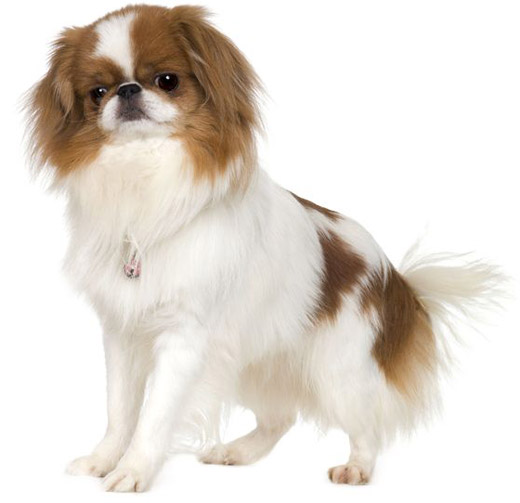
 Japan
Japan
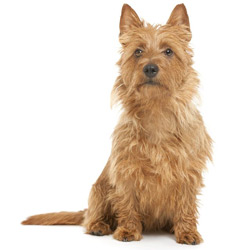
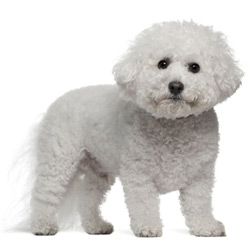
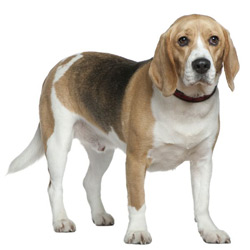
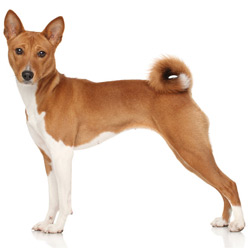
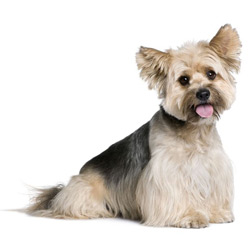
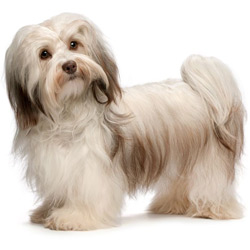
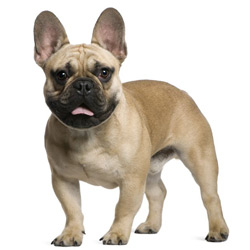
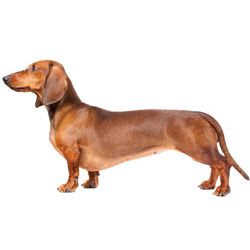
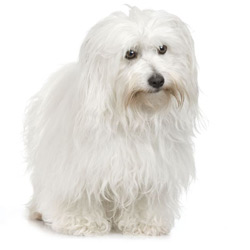
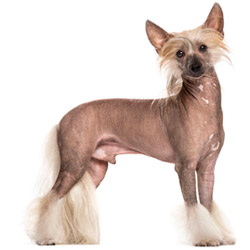
What do you think?